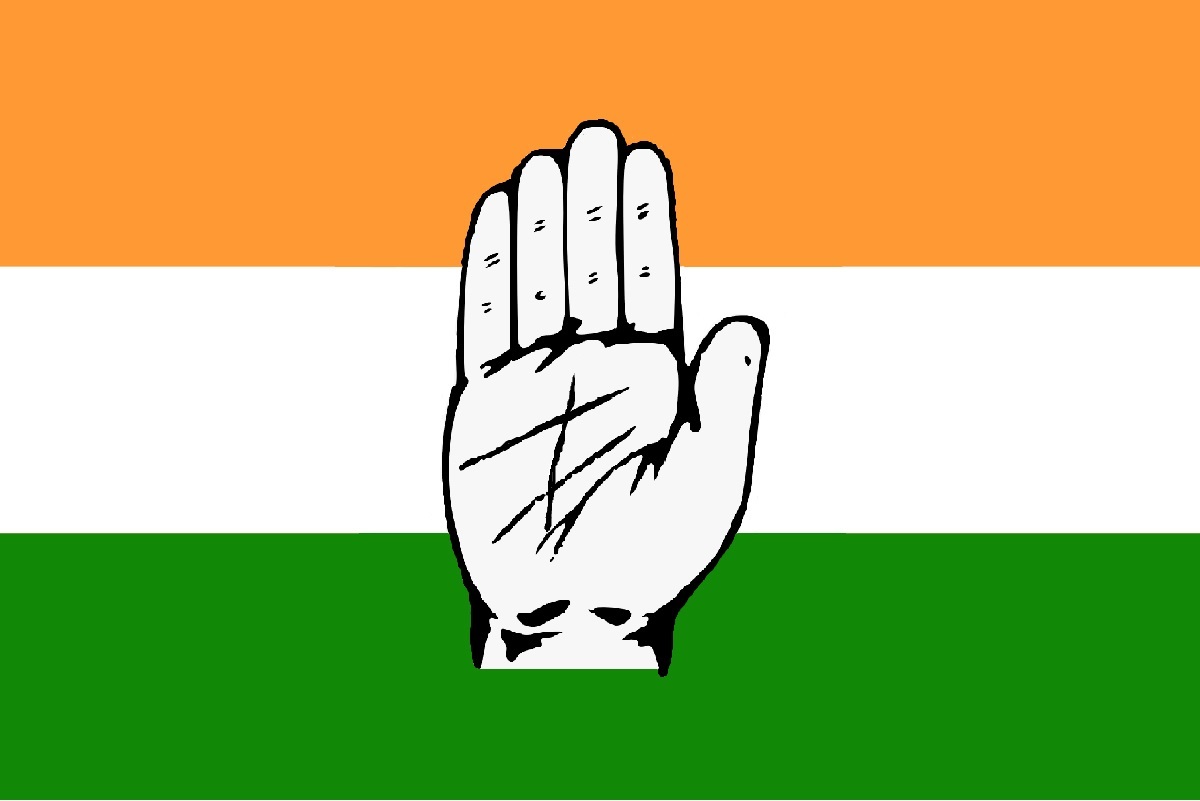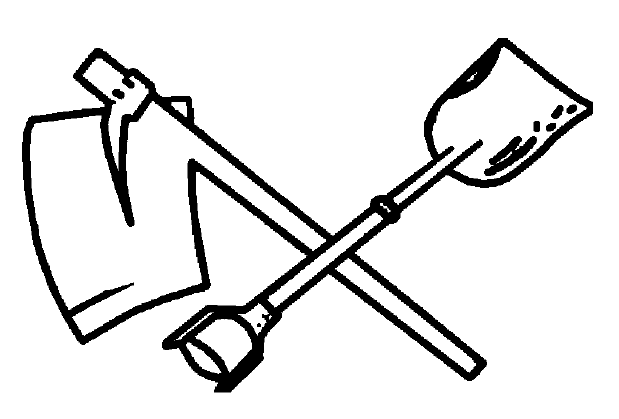|
Kottarakkara (Assembly Constituency)
Kottarakara or Kottarakkara is a legislative assembly constituency in Kollam district of Kerala, India. It is one among the 11 assembly constituencies in Kollam district. As of the 2016 assembly elections, the current MLA is K N Balagopal of CPI(M). Structure As per the recent changes on assembly constituency delimitations, the Kottarakara assembly constituency consists of the municipality of Kottarakkara and 7 neighbouring panchayaths including Ezhukone, Kareepra, Kulakkada, Mylom, Neduvathoor, veliyam and Ummannoor. * Municipalities: Kottarakara * Panchayaths: Ezhukone, Kareepra, Kulakkada, Mylom, Neduvathoor, Ummannoor,veliyam * Neighbourhood Towns: Thrikkannamangal, Kunnicode, Valakom, Odanavattam Electoral history Travancore-Cochin Legislative Assembly Elections Members of Legislative Assembly The following list contains all members of Kerala legislative assembly The Kerala Legislative Assembly, popularly known as the Kerala Niyamasabha, is the Sta ... [...More Info...] [...Related Items...] OR: [Wikipedia] [Google] [Baidu] |
Kerala Niyamasabha
The Kerala Legislative Assembly, popularly known as the Kerala Niyamasabha, is the State Assembly of Kerala, one of the 28 states in India. The Assembly is formed by 140 elected representatives. Each elected member represents one of the 140 constituencies within the borders of Kerala and is referred to as Member of the Legislative Assembly (India), Member of the Legislative Assembly (MLA). The present Kerala Legislative Assembly consists of 140 elected members. History In Kerala Day, 1956, the State of Kerala was formed on linguistic basis, merging Cochin, Malabar District, Malabar, and Travancore regions, and the Kasaragod district, Kasaragod region of South Canara. The first 1957 Kerala Legislative Assembly election, assembly election in Kerala state was held in February–March 1957. The first ''Kerala Legislative Assembly'' was formed on 5 April 1957. The Assembly had 127 members including a nominated member. The current delimitation committee of 2010 reaffirmed the tot ... [...More Info...] [...Related Items...] OR: [Wikipedia] [Google] [Baidu] |
Kottarakara
Kottarakkara (IAST: Koṭṭārakkara), also transliterated as ''Kottarakara'', is a town and municipality in the Kollam district of the Kerala, India. The town is close to Kollam Port, which has a rich history linked to the early medieval period as well as the reputation as an important commercial, industrial and trading center. Kottarakkara lies to the east of Kollam city centre. History Kottarakkara, also known in the ancient days of the kings as the Elayadathu Swarupam, was a principality ruled by a branch of the Travancore Royal Family. It is the home of Kathakali, a well known dance drama which originated initially as Ramanattam created in the 17th century by Prince Kottarakkara Thampuran and later patronized by the Raja of Kottarakkara in the early 19th century absorbing other dance forms of Krishnattam with further innovations. Etymology Kottarakkara, a compound word made up of the words ''Kottaram'', meaning "palace", and ''kara'' meaning "land", literally mean ... [...More Info...] [...Related Items...] OR: [Wikipedia] [Google] [Baidu] |
1982 Kerala Legislative Assembly Election
The elections to the Seventh Kerala Assembly were held on May 19, 1982. Background After the election of 1980, the Left Democratic Front (LDF) formed a government led by E. K. Nayanar. By 20 October 1981, LDF lost their majority in the Assembly when the Congress (A), the Kerala Congress (M) and the Janatha (Gopalan) withdrew support for the government to join the UDF. E.K.Nayanar recommended to the Governor to dissolve the assembly and impose President's rule on 21 October 1981 which led to a mid-term election in 1982. Use of electronic voting machines The election of 1982 has historic significance, as it is the first time Electronic Voting Machines (EVM) were used in the country. EVM was used in 50 booths of the Paravoor constituency of Ernakulam district. But it was later challenged in the High Court of Kerala, but the plea was dismissed. The case was moved to the Supreme Court, which ordered re-polling as those 50 booths had no provision in the electoral law for use o ... [...More Info...] [...Related Items...] OR: [Wikipedia] [Google] [Baidu] |
1980 Kerala Legislative Assembly Election
Elections were held on 1980 January 3 and 5 to elect members to the sixth Niyamasabha. This election saw the formation of two pre-poll alliances, viz. LDF and UDF, most of whose constituent parties were part of the erstwhile United Front. CPI(M)-led LDF to win the election, after winning 93 seats altogether. E. K. Nayanar was sworn in as the Chief Minister on 26 March 1980 History The Congress party had split into two splinter parties, the INC (I) and the INC (U). Kerala Congress too underwent a split, with the formation of KC (M) and the KC (J). The ML (O) assumed the name AIML. The United Front which won the 1977 election, had dissolved in 1979 which lead to the creation of two long-running alliance formula in the state: * The United Democratic Front (UDF) consisting of the INC (I), the IUML, the KC (J), the PSP, the NDP, and the SRP * The Left Democratic Front (LDF) comprising, the CPM, the CPI, the INC (U), the KC (M), the KC (PG), the AIML, and the RSP Results Par ... [...More Info...] [...Related Items...] OR: [Wikipedia] [Google] [Baidu] |
1977 Kerala Legislative Assembly Election
Elections were held on 19 March 1977 to elect members to the fifth Niyamasabha. The United Front, led by INC and CPI won plurality of seats and remained in power, with K. Karunakaran as the Chief Minister. History Fourth Kerala Legislative Assembly, which was elected in 1970, completed its term by 1975, but it was extended on three occasions during the Emergency. Election of 1977 was the general election after the withdrawal of Emergency imposed on 26 June 1975. This is the first election the 1974 delimitation of Assembly Constituencies was put to effect, which increased number of seat in the assembly from 133 to 140 Results Party Wise Results Constituency Wise Results Formation of Ministry On 25 March, K. Karunakaran of Congress sworn as Chief Minister. However, Karunakaran had to resign within a month over the controversial death of Left-leaning engineering student Rajan, who was tortured during the Emergency when he was the Home Minister. Then 15 member mini ... [...More Info...] [...Related Items...] OR: [Wikipedia] [Google] [Baidu] |
1970 Kerala Legislative Assembly Election
Elections were held on 17 September 1970 to elect members of the fourth Niyamasabha. The United Front, led by CPI, IUML, RSP, and with the external support from INC, won plurality of seats and formed the government, with C. Achutha Menon as the Chief Minister. Results Party Wise Results Constituency Wise Results References External links Kerala Assembly Election DATABASE {{Kerala Niyamasabha elections Kerala Kerala ( ; ) is a state on the Malabar Coast of India. It was formed on 1 November 1956, following the passage of the States Reorganisation Act, by combining Malayalam-speaking regions of the erstwhile regions of Cochin, Malabar, South Ca ... State Assembly elections in Kerala 1970s in Kerala ... [...More Info...] [...Related Items...] OR: [Wikipedia] [Google] [Baidu] |
1967 Kerala Legislative Assembly Election
The Kerala Legislative Assembly election of 1967 was held to constitute the fourth assembly in Kerala. This election, which was held after the 1965 one ended up in no government formation, resulted in the newly formed United Front alliance forming the government, while the INC, this time contesting alone was reduced to just 9 seats. E. M. S. Namboothiripad was sworn in as the Chief Minister on 6 March 1967. Background In the 1965 elections, no party was able to form a government in Kerala. No viable coalition took shape, and Kerala went back to President Rule for another 2 years. Kerala again went back to the polls in 1967. Both communist parties - CPI (M) and CPI - along with smaller parties including SSP and Muslim League contested this election as a United Front. A total of seven parties contested in the front, and the front was known as '' Saptakakshi Munnani''. Congress and Kerala Congress contested separately. The total polling percentage was 75.67%. Constituencies T ... [...More Info...] [...Related Items...] OR: [Wikipedia] [Google] [Baidu] |
1960 Kerala Legislative Assembly Election
The Kerala Legislative Assembly election of 1960 was the second assembly election in the Indian state of Kerala. The elections were held on 1 February 1960. Background In the 1957 elections in Kerala, the Communist Party of India formed the government with the support of five independents. But in 1959, the Central Government dismissed the democratically elected government through the controversial Article 356 of the Indian Constitution following " The Liberation Struggle", even though the elected communist government was enjoying majority support within the legislature. After a short period of the President's rule, fresh elections were called in 1960. Constituencies There were 114 legislative assembly constituencies in the Kerala Legislative Assembly, 1957. Out of these 102 were single-member constituencies while the number of double-member constituencies was 12. One constituency was reserved for Schedule Caste. There were 64,77,665 electors in single-member constituencies, w ... [...More Info...] [...Related Items...] OR: [Wikipedia] [Google] [Baidu] |
1957 Kerala Legislative Assembly Election
The Kerala Legislative Assembly election of 1957 was the first assembly election in the Indian state of Kerala. The Communist Party of India won the election with 60 seats. The election led to the formation of first democratically elected communist government in India. State Reorganization On 1 November 1956, under the States Reorganisation Act, 1956, Kerala was formed by the merger of Travancore-Cochin state with the Malabar district (including Fort Cochin and the Laccadive Islands) of Madras State, Kasaragod taluk of the South Canara district and the Amindive Islands. The southern part of Travancore-Cochin, the five taluks of Agastheeswaram, Thovala, Kalkulam, Vilavahcode, and Shencotta, were transferred from Travancore-Cochin to the Madras State. After the reorganization, the assembly constituencies increased from 106 with 117 seats in 1954 to 114 with 126 seats in 1957. Background Following the States Reorganisation Act, 1956, the Malabar District of Madras state merged ... [...More Info...] [...Related Items...] OR: [Wikipedia] [Google] [Baidu] |
Revolutionary Socialist Party (India)
Revolutionary Socialist Party (RSP) is a communist party in India. The party was founded on 19 March 1940 by Tridib Chaudhuri and has its roots in the Bengali liberation movement Anushilan Samiti and the Hindustan Socialist Republican Army. The party got around 0.4% of the votes and three seats in the Lok Sabha elections in 1999 and 2004. It is part of the Left Front (West Bengal), Left Front (Tripura) and Congress-led United Democratic Front (Kerala). History Development of Anushilan Marxism A major section of the Anushilan movement had been attracted to Marxism during the 1930s, many of them studying Marxist–Leninist literature whilst serving long jail sentences. A minority section broke away from the Anushilan movement and joined the Communist Consolidation, and later the Communist Party of India. The majority of the Anushilan Marxists did however, whilst having adopted Marxist–Leninist thinking, feel hesitant over joining the Communist Party. The Anushilan ... [...More Info...] [...Related Items...] OR: [Wikipedia] [Google] [Baidu] |
Odanavattam
Odanavattam is a village in Kollam district in the state of Kerala, India. The village is situated 22 km east from Kollam town and is under the administration of Veliyam panchayath. Odanavattom is near to Edakkidom and Kottarakkara the birthplace of Kathakali. Education There is a Government Senior Secondary school in the town. There are also many private Upper Primary schools in Odanavattam. K.R.G.P.M School is situated here. Odanavattom is near to Edakkidom and Kottarakkara the birthplace of Kathakali IndustriesQuilon Rentalis one of the growing construction equipment rental firm with its function started here in the year 2013. Their feet includes Bobcat E32 Excavator, Bobcat E37 Excavator, Skid Steer Loader, JCB 3DX, Hitachi EX 110 Excavator, Hitachi EX 70 Excavator, Komatsu PC 130 Excavator, Scaffolding, Concrete Machines, Power Tools etc. They also undertake Demolition activities. Tourism Muttara Maruthimala ecotourism is located near Odanavattom. ... [...More Info...] [...Related Items...] OR: [Wikipedia] [Google] [Baidu] |

.jpg)




